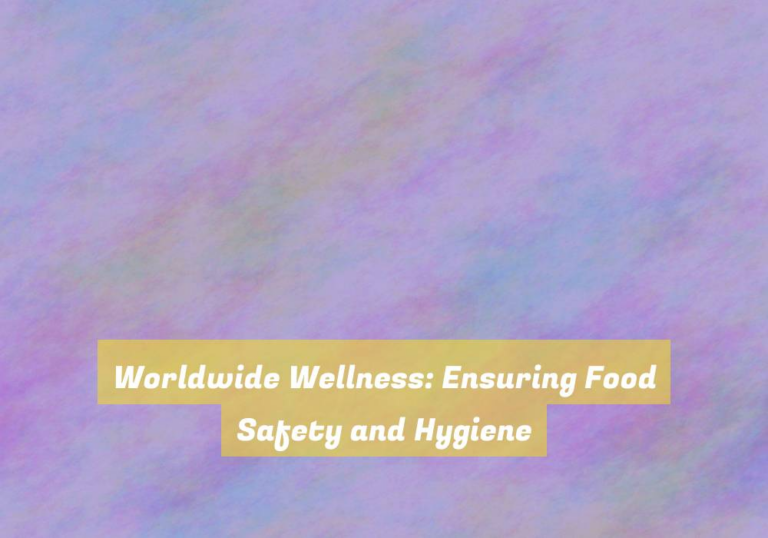Understanding Food Labels: Decode Your Diet
When it comes to understanding food labels, itG??s like peeling back the layers of an onion to reveal the true nature of what youG??re consuming. You may think you have a handle on it, but as you start to unravel the complexities, you realize thereG??s so much more to it than meets the eye.
The food industry can be a maze of jargon and marketing tactics, leaving you feeling like you need a decoder ring. But fear not, because once you grasp the basics, youG??ll be equipped to make informed choices that can positively impact your health.
Reading the Serving Size
When you read the serving size on a food label, it typically indicates the recommended portion for one serving. Paying attention to this information is crucial for understanding the nutritional content of the food you consume.
ItG??s easy to assume that the entire package or container is a single serving, but this isnG??t always the case. The serving size is the reference point for all the information listed on the nutrition label. ItG??s essential to compare the serving size listed on the label to the amount you actually eat. If you consume more or less than the serving size, youG??ll need to adjust the nutritional values accordingly.
Understanding serving sizes can help you manage your calorie intake, track nutrients, and make informed decisions about your diet. Keep in mind that some packages contain multiple servings, so if you eat the entire package, you could be consuming more calories and nutrients than you realize.
Deciphering Nutritional Information
Understanding the nutritional information on food labels is essential for making informed decisions about your diet and overall health.
When deciphering the nutritional information, start by looking at the serving size and the number of servings per container. This will help you understand the amount of food the nutrition facts are based on.
Next, focus on the calories per serving. This tells you how much energy youG??ll get from a serving of the food.
Then, check the nutrients to limit, such as saturated fat, trans fat, cholesterol, and sodium. Keeping these to a minimum can help reduce the risk of certain chronic diseases.
On the flip side, look for the nutrients to get enough of, like dietary fiber, vitamin D, calcium, iron, and potassium.
Lastly, pay attention to the percent daily value (%DV). This indicates how much a nutrient in a serving of food contributes to your daily diet.
Identifying Hidden Ingredients
To make informed decisions about your diet and overall health, itG??s crucial to be able to identify hidden ingredients in food labels and understand their potential impact on your well-being. Hidden ingredients are often disguised under names that may not be immediately recognizable to the average consumer. For example, ingredients like high-fructose corn syrup, hydrogenated oils, and artificial flavors are commonly hidden in processed foods under different names. ItG??s essential to look out for terms such as G??corn sweetener,G?? G??partially hydrogenated oil,G?? and G??natural flavoringsG?? when scanning food labels.
Moreover, some hidden ingredients may trigger allergic reactions or have adverse effects on certain health conditions. For instance, gluten can be hidden in products under names like G??wheat proteinG?? or G??malt flavoring,G?? posing a risk to individuals with celiac disease or gluten sensitivities. Additionally, additives such as monosodium glutamate (MSG) are often concealed as G??yeast extractG?? or G??hydrolyzed protein,G?? which can be problematic for those sensitive to MSG.
Understanding Health Claims
You can better evaluate the nutritional value of food products by understanding and critically assessing the health claims on their labels.
Health claims on food labels are statements that suggest a relationship between a food or a food component and a disease or health-related condition.
ItG??s important to know that not all health claims are created equal. Some are backed by strong scientific evidence, while others may be misleading or vague. For instance, terms like G??lightG?? or G??naturalG?? may not necessarily indicate a healthier choice.
Instead, focus on claims supported by scientific research, such as G??may reduce the risk of heart diseaseG?? or G??high in fiber, which can help lower cholesterol.G??
Keep in mind that the Food and Drug Administration (FDA) regulates health claims on food labels to ensure theyG??re truthful and not misleading.
By understanding these claims, you can make more informed choices about the foods you consume, ultimately contributing to a healthier diet and lifestyle.
Always remember to look for specific health claims backed by scientific evidence to ensure youG??re making the best choices for your well-being.
Conclusion
Now that you understand how to read food labels, you can make more informed choices about what you eat. Pay attention to serving sizes, nutritional information, hidden ingredients, and health claims to ensure that youG??re making healthy choices for your diet.
By decoding food labels, you can take control of your health and make better decisions about the foods you consume.






